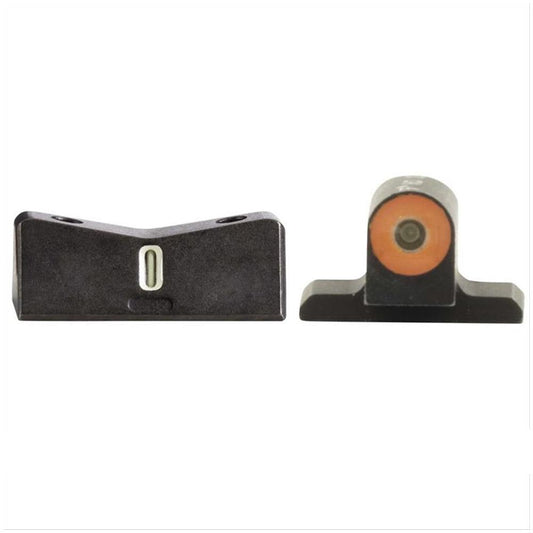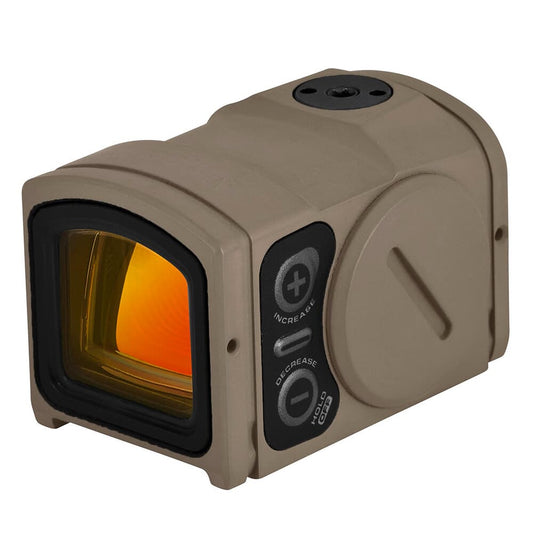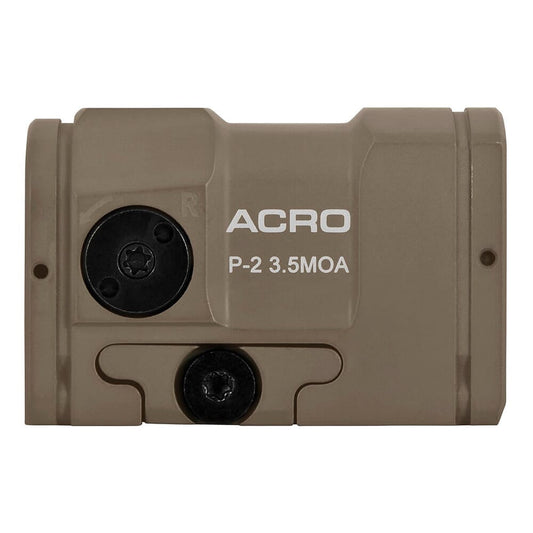

If you're looking to enhance your shooting accuracy, the XS Sight DXT2 Big Dot Sight for Sig P365 - Orange is your go-to option. This sight combines cutting-edge technology with user-friendly features, ensuring that you won't be left guessing when it matters most. Its tritium-powered front sight and high-contrast design make targeting quick and intuitive, even in low-light conditions. With a robust construction, this sight is designed to withstand the rigors of everyday use, making it perfect for both range practice and personal defense.
One of the standout features is the glow dot that absorbs ambient light, providing excellent visibility when it counts. The low-profile V rear sight gives you a clearer view of the front sight, allowing for faster target acquisition. Plus, with a 10-year warranty and a 30-day satisfaction guarantee, you can purchase with confidence. Elevate your shooting experience today!
Key Features:
- TRITIUM POWERED for low-light visibility that enhances aim during night conditions.
- HIGH-CONTRAST FRONT SIGHT ensures easy target acquisition, perfect for rapid shooting.
- BIG DOT MEASUREMENT of 0.188" provides a larger aiming point for improved accuracy.
- GLOW DOT TECHNOLOGY absorbs ambient light for consistent brightness, day or night.
- LOW-PROFILE V REAR sight facilitates better alignment with the front sight, boosting shooting speed.
- SIMPLE DOT-THEN-'I' sight picture simplifies aiming for shooters of all experience levels.
- DURABLE CNC MACHINED STEEL ensures long-lasting performance and reliability.
- FITS STANDARD HOLSTERS making it easy to integrate into your existing setup.
Technical Specifications Table
| Feature | Details |
|---|---|
| Type | Big Dot Sight |
| Compatibility | Sig P365 |
| Material | CNC Machined Steel |
| Front Sight | Tritium Powered |
| Rear Sight Options | Tritium or Non-Tritium |
| Warranty | 10 Years |
What’s in the Box?
- 1 x XS DXT2 Big Dot Front Sight
- 1 x Rear Sight (Tritium or Non-Tritium)
- Installation Tools
- User Manual
Customer Reviews
"The XS Sight DXT2 has transformed my shooting accuracy! The big dot is easy to see and align." - Jamie R.
"I love the tritium feature; it really helps in low light. A solid investment for my P365!" - Mark A.
FAQ
How does the tritium function work? The tritium-powered front sight glows in the dark by utilizing radioactive tritium gas, ensuring visibility in low-light situations without requiring an external light source.
Can I install this sight myself? Yes, the XS Sight DXT2 is designed for easy installation, and it comes with the necessary tools. However, always consult a professional if you're unsure.
Similar Models
If you're interested in further enhancing your shooting experience, check out our selection of XS sights, including the XS DXT2 Standard Dot Sight for optimal versatility and the XS DXT2 Tritium Night Sight for enhanced visibility. Explore our full collection to find the ideal optics tailored to your needs.
You May Also Like
Here’s some of our most similar products people are buying. Click to discover trending style.








